Tenacious 'trash parrots' locked in escalating 'arms race' with humans Down Under
Researchers are unsure who will end up "victorious."
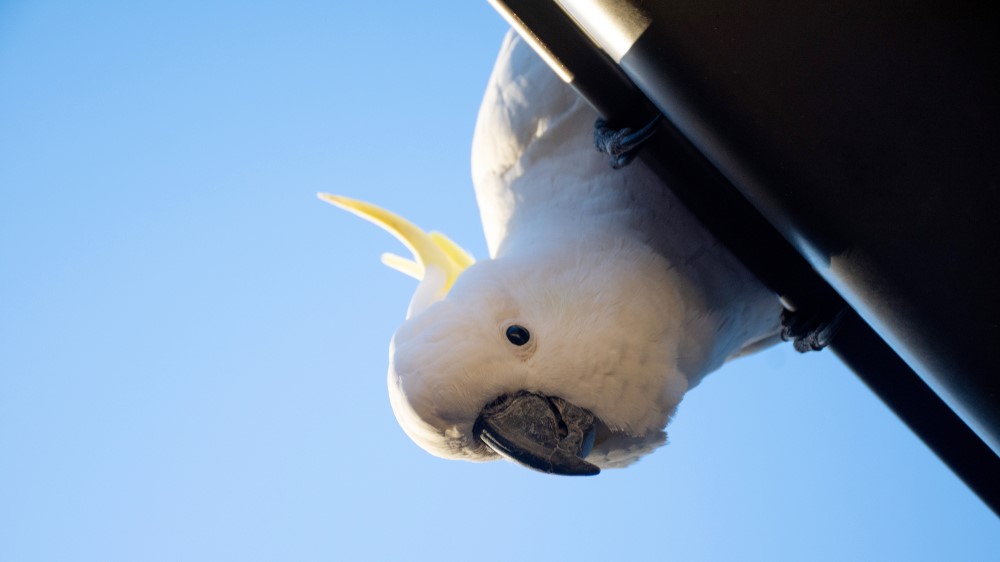
Residents in the suburbs of Sydney, Australia, are in the midst of an escalating feud with a neighboring population of wild sulphur-crested cockatoos (Cacatua galerita) over an unlikely prize: household trash. While this conflict may sound comical, researchers report that it shows all the signs of an "innovation arms race," in which two species become trapped in a cycle of behavioral changes as they continually try to one-up or outthink one another.
The sharp-witted cockatoos have earned the unflattering nickname "trash parrots" after learning to open up flip-top garbage bins to pillage their contents. In 2018, videos shared online showed the resourceful birds grabbing onto the rims of bin lids with their beaks or feet, shimmying down toward the hinge and eventually flipping the plastic covers entirely off the containers. After watching the footage, researchers investigated the behavior and found that the cockatoos were working out how to open the bins by observing one another, which is known as social learning.
Since then, local residents have deployed numerous countermeasures — including bricks, sticks, locks and even rubber snakes — to prevent the cunning cockatoos from inadvertently covering the streets in trash. However, not all these countermeasures have proven to be effective at outwitting the cockatoos, who continue to outsmart the humans and break into bins where they can.
As a result of the parrots' persistence, residents have had to continually switch tactics or try out new methods to protect their bins. And just like the feathery interlopers, it seems that frustrated bin-owners have been looking to their neighbors for inspiration. Data collected from a survey revealed that countermeasures were clumped in certain regions at specific times, suggesting that people were copying the people next door — whether they realized it or not.
Related: Why do parrots live so long?
The social learning observed in both species — cockatoo and human — is a strong indication that they are engaged in an innovation arms race, researchers wrote in their new study, which was published online Monday (Sept. 12) in the journal Current Biology.
The cockatoo bin-opening behavior "emerged in direct response to human behavior," study lead author Barbara Klump, a behavioral ecologist at the Max Planck Institute of Animal Behavior in Germany, told Live Science in an email. Now, both humans and cockatoos are "changing their behavior in response to the other," she added.
Sign up for the Live Science daily newsletter now
Get the world’s most fascinating discoveries delivered straight to your inbox.
For the new study, researchers invited Sydney suburbanites to fill out a survey about their responses to the trash parrot problem.
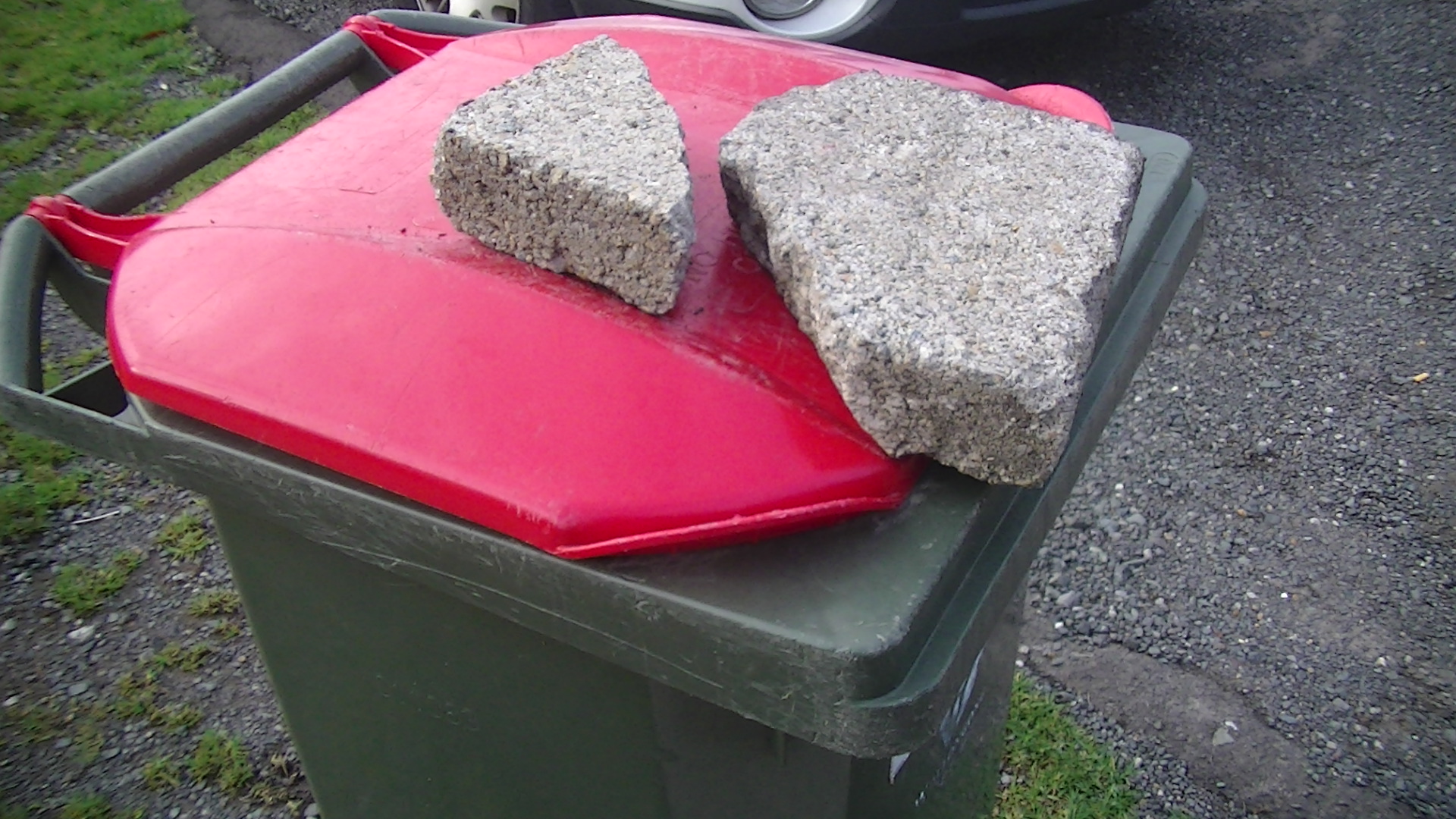
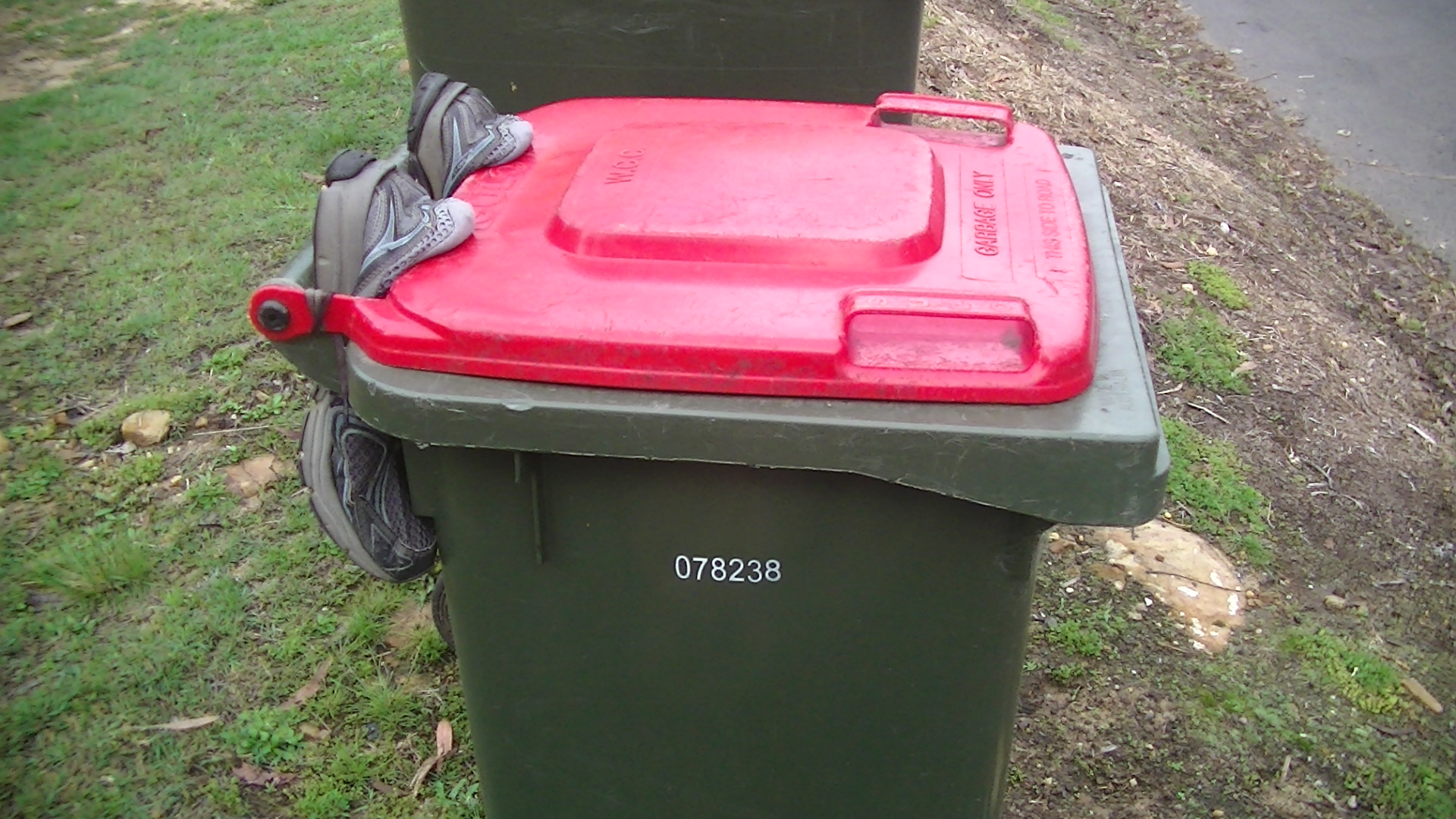
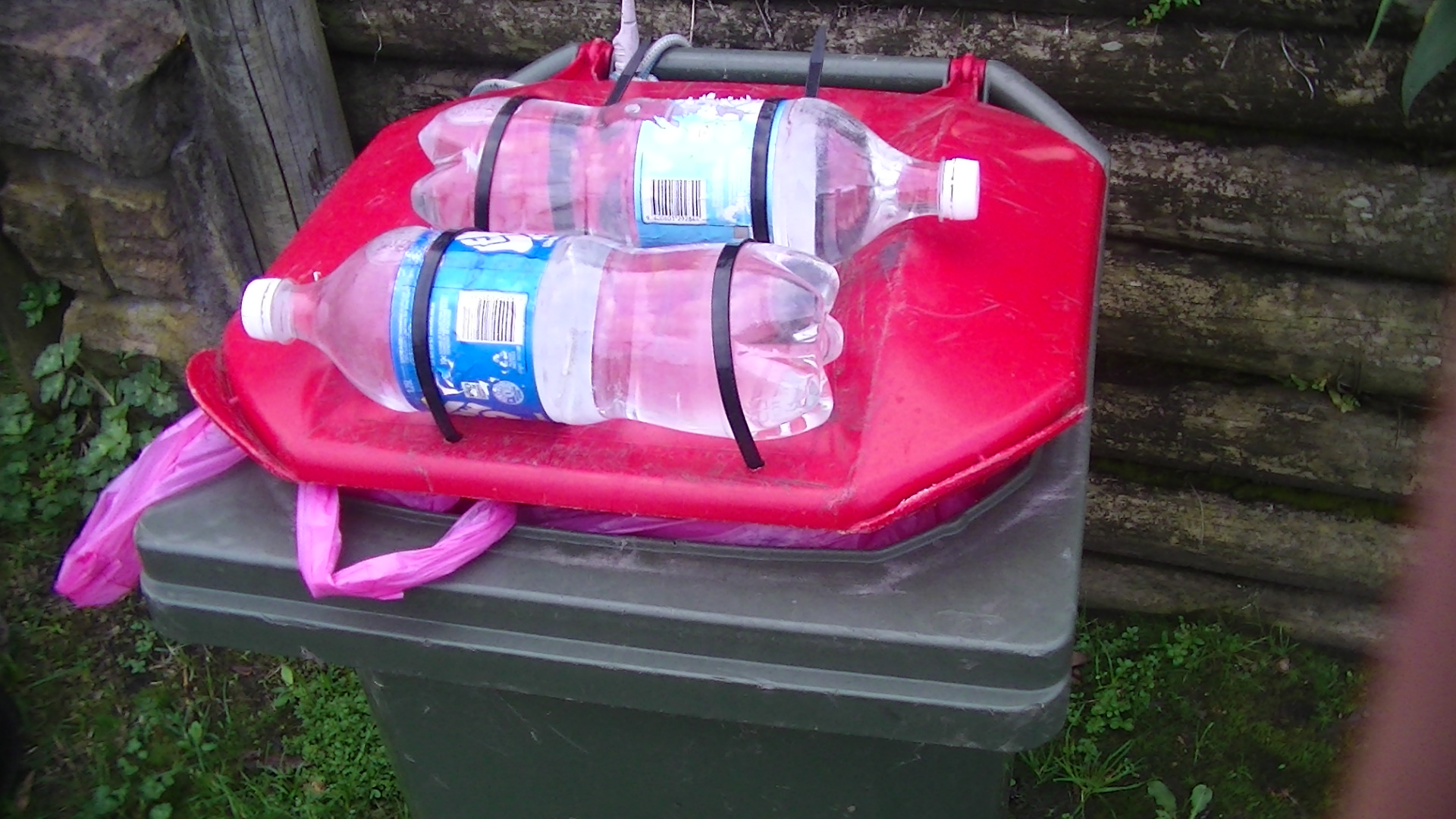
Study participants described more than 50 different ways in which they tried to protect their trash cans from the cockatoos, Klump said. These countermeasures ranged from simple solutions, such as weighing down the lid with bricks or water bottles, to more ingenious ideas, such as jamming a lid's hinge with sticks and old shoes or using a rubber snake to scare off the birds. Some residents even purchased special bin locks, similar to those used to deter bears from rummaging through trash in the U.S. and Canada, that clamped the lid to the receptacle. However, the major limitation of all these countermeasures is that bin collectors must be able to easily remove the lid in order to collect the trash inside.
Some of these solutions, such as the bin locks, appear to be able to permanently keep the cockatoos at bay, Klump said. However, the astute avians seemed to quickly solve most of the other protective puzzles, which in turn forced humans to further alter their tactics.
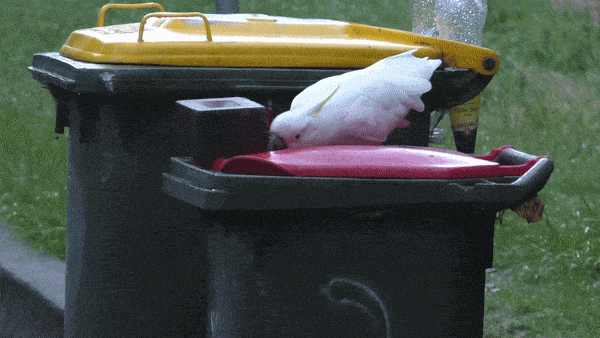
The cockatoos' ingenuity is perhaps unsurprising because of their demonstrated ability to solve other complex tasks. In February, a separate group of researchers found that a Goffin's cockatoo (Cacatua goffiniana) was able to use tools to play a rudimentary game of golf.
The researchers are unsure exactly how quickly the cockatoos learn to overcome each countermeasure or to what extent social learning plays a role in finding a solution to each problem, but they plan to find out soon, according to the study.
"I'd love to investigate this in more detail in the future," Klump said.
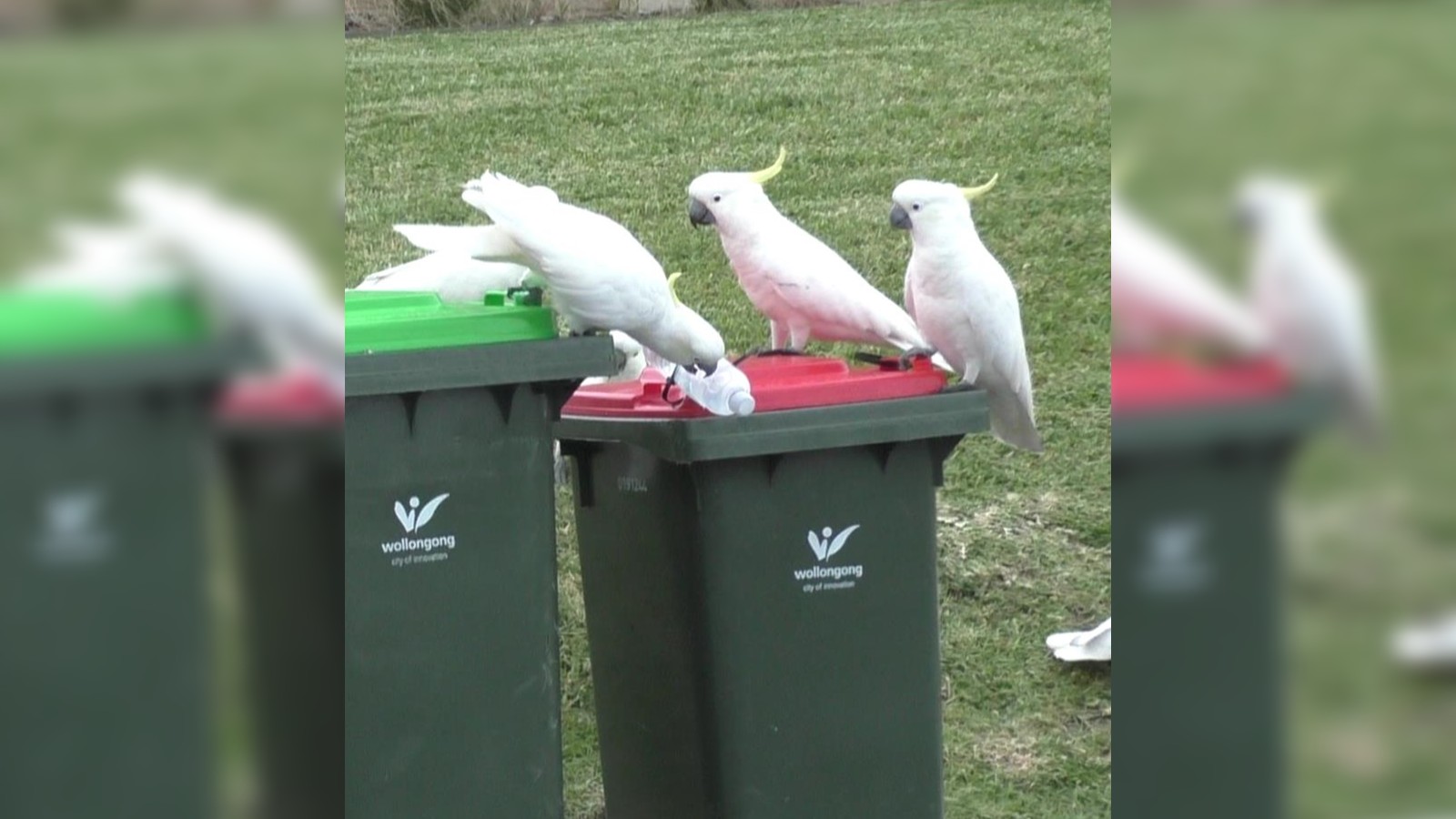
It is currently unclear how this new arms race will finish, but there is no immediate end in sight, the study authors concluded.
"One could imagine that it will continue to escalate" with more elaborate countermeasures that cockatoos will continue to tackle head-on, Klump said. As for who ends up on top, that remains an "open question" and either side could still "end up victorious," she added.
The arms race between cockatoos and humans stems from urbanized neighborhoods expanding into rural areas, which is happening all over the world. It is therefore important that researchers learn as much about these clashes as possible, Klump said. "I believe that we will see more of these human-wildlife conflicts in the future as cities are growing."
Originally published on Live Science.

Harry is a U.K.-based senior staff writer at Live Science. He studied marine biology at the University of Exeter before training to become a journalist. He covers a wide range of topics including space exploration, planetary science, space weather, climate change, animal behavior and paleontology. His recent work on the solar maximum won "best space submission" at the 2024 Aerospace Media Awards and was shortlisted in the "top scoop" category at the NCTJ Awards for Excellence in 2023. He also writes Live Science's weekly Earth from space series.









